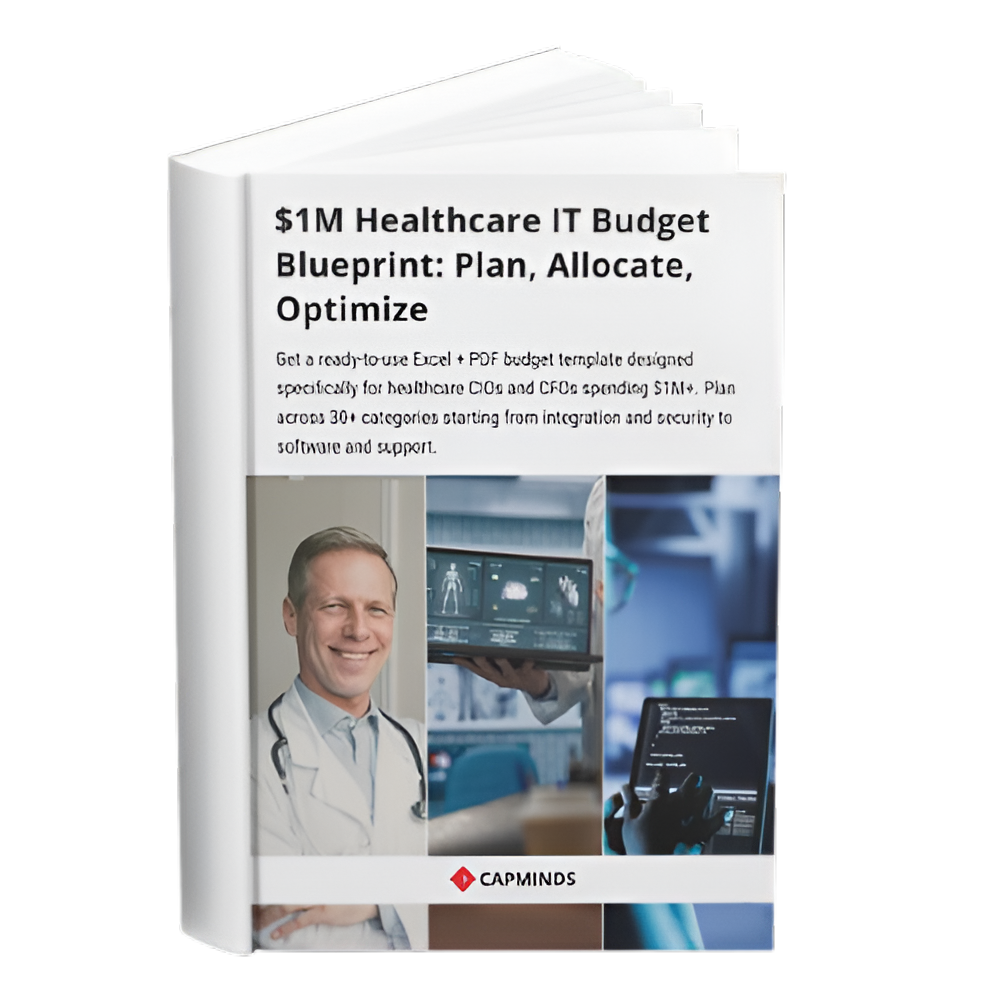Top Compliance Mistakes in UDS Reporting (and How to Avoid Them)
The Uniform Data System report is much more than an annual administrative burden to Community Health Centers and other Health Center Program awardees. It is the decisive process to prove compliance, measure impact, and get further financing from the HRSA.
Considering the stakes involved, say, HRSA fines, mitigation strategies, and adverse funding consequences, UDS reporting compliance should become a year-long issue.
Even the most attentive organizations become victims of the usual UDS reporting mistakes. These pitfalls exist; it is important to understand them and take proactive measures to ensure UDS reporting accuracy and accomplish your main objective of serving the people.
In this blog, you’ll know the most common errors in healthcare compliance reporting procedures and offer steps that can be taken to present a successful HRSA data entry.
Common Compliance Errors in UDS Reporting
1. Inconsistent Patient and Visit Numbers
This is a foundational error. The overall count of unduplicated patients and patient visits should be balanced between all the tables of interest of UDS (e.g., demographics, utilization, and clinical measures).
The Error – There are dissimilarities among the various methodologies or data ranges when obtaining data in various tables, and this may result in the number of patients mismatching across the demographic tables (e.g., Table 3A/3B) and the utilization tables.
The Impact – Violates the basic validation tests, and will be reworked and may be flagged during an audit.
2. Wrong Understanding of Clinical Quality Measure (CQM) Definitions
The patient denominator (who is included) and the measure compliance (that which qualifies as a successful outcome) of UDS performance measures are specific and technical in nature.
The Error – The internal clinical definition or a definition of a different program, such as a quality metric of another payer, is applied rather than the specific UDS Manual criteria of measures, such as hypertension control or diabetes management. Another pitfall is not coming up with a proper account of UDS exclusions.
The Impact – Overstated or understated performance scores are not representative of the actual performance of the health center, which may affect recognition programs, grant applications.
3. Missing Patient Demographics (The “Unknown” Issue)
The UDS demands full information about race, ethnicity, gender identity, and the leading third-party medical insurance. Large values of the unknown or did not disclose data points frequently show an overall failure of the system of registration or intake.
The Error – The staff does not always request and record important demographic data upon registration or care. This is the general problem of products such as SOGI.
The Impact – Lost capacity to report the issues of health disparities and can initiate the scrutiny of data collection policies of the health center.
4. Incorrect Financial and Staffing Metric Reporting
Table 5, 8A, 9D, 9E, and other financial and operational tables would demand accurate calculations of FTEs (Full-Time Equivalents), costs, and revenues, and the distinction of the grant-related and non-grant revenue.
The Error – Incorrectly combining grant- and non-grant-funded FTEs/costs, incorrect grouping of revenue sources (particularly the third-party and sliding fee scale revenue), or unequal fiscal years/reporting periods.
The Impact – Can misrepresent the financial stability of the health center, cause wrongful evaluation of scope, and cause clarification or audit requests.
5. Ignoring of HRSA Validation Edits
HRSA offers an advanced validation procedure that identifies the possible UDS compliance problem of a spike in the year-to-year changes or discrepancies in the numbers.
The Error – Making insufficient or non-substantive reasons when edits are flagged (e.g., “checked with our EHR).
The Impact – Postpones the approval of submissions and causes back and forth with the UDS reviewer, which is likely to result in missing the final deadline and paying UDS fines.
Related: What is UDS Reporting in Healthcare? Everything You Need to Know
How to Avoid UDS Reporting Mistakes
1. Create a UDS Task Force on a Year-Round Basis
Rather than scrambling last-minute, appoint a cross-functional team (clinical quality, IT/EHR, finance, operations) that would ensure UDS compliance all year round.
Action – Have an owner of every UDS table and every metric.
2. Normalize and Truncheon Data Capture
Make sure that the data is clean at the source. It includes standardization of data entry processes and reduction of the use of free-text fields within the Electronic Health Record (EHR).
Action – Mandate all clinical and administrative personnel to receive training annually on the exact definitions of UDS, especially demographic collection and the correct coding of UDS performance measures.
3. Adopt Quarterly Internal Audits
Do not procrastinate until the end of the year. Conduct internal draft reports on a quarterly or even monthly basis to determine trends and early detect errors.
Action – Compare key measures (patient numbers, visit numbers, and clinical measures denominators) with previous historical data and investigate any major outliers as soon as possible.
4. Leverage Your EHR for Organized Data
Collaborate with your EHR vendor or IT department to optimize UDS extraction by configuring your system.
Action – Use free-text notes only when every UDS-related data point (e.g., SOGI, income, and clinical exclusions) is represented by a structured data field (drop-down menu, checkbox, etc.).
Importance of Automation and Audit Readiness
The greatest cause of UDS reporting errors is manual processes. The most important aspect of minimizing risk involves adopting a technology to improve reporting accuracy in UDS and to ensure an audit is silent.
Automation and Validation Tools
The presence of automated UDS reporting is available in many contemporary EHRs, as well as in customized reporting tools. These devices are priceless because they:
- Unify Fragmented Data – Retrieve data regularly in various systems (clinical, billing, scheduling).
- Run Real-Time Checks – Indicate the data that is missing or inconsistent, and then close a patient encounter before any correction can be made at the point of care.
- Make Extraction Easy – Produce UDS-ready files, which have a major smaller manual calculating and aggregating burden.
Audit Readiness
Audit-ready implies that you can easily be able to track any number reported to the source data that is present in the patient chart. This needs to have strong data governance.
Action – Continue to keep a list of the way you capture, store, and retrieve each UDS data element in your EHR system, so that you have a way to defend your submission of HRSA data.
Optimize Your UDS Reporting with CapMinds UDS Compliance Services
Ensuring UDS accuracy is more than a reporting task; it’s about maintaining compliance, unlocking HRSA funding opportunities, and demonstrating your community impact.
At CapMinds, we simplify the complexity of UDS reporting through our end-to-end UDS Reporting and Compliance Services for Health Centers and HRSA-funded programs.
With our specialized digital health solutions, you can ensure error-free submissions, timely validations, and audit-ready compliance year after year.
Our services include:
- UDS Reporting Services – Automated data aggregation, validation, and submission support.
- UDS Compliance Services – Year-round compliance monitoring, HRSA validation assistance, and audit preparation.
- EHR Data Optimization – Integration with your EHR to ensure structured data capture and accurate performance tracking.
Partner with CapMinds to transform your UDS process into a streamlined, compliant, and stress-free experience.

